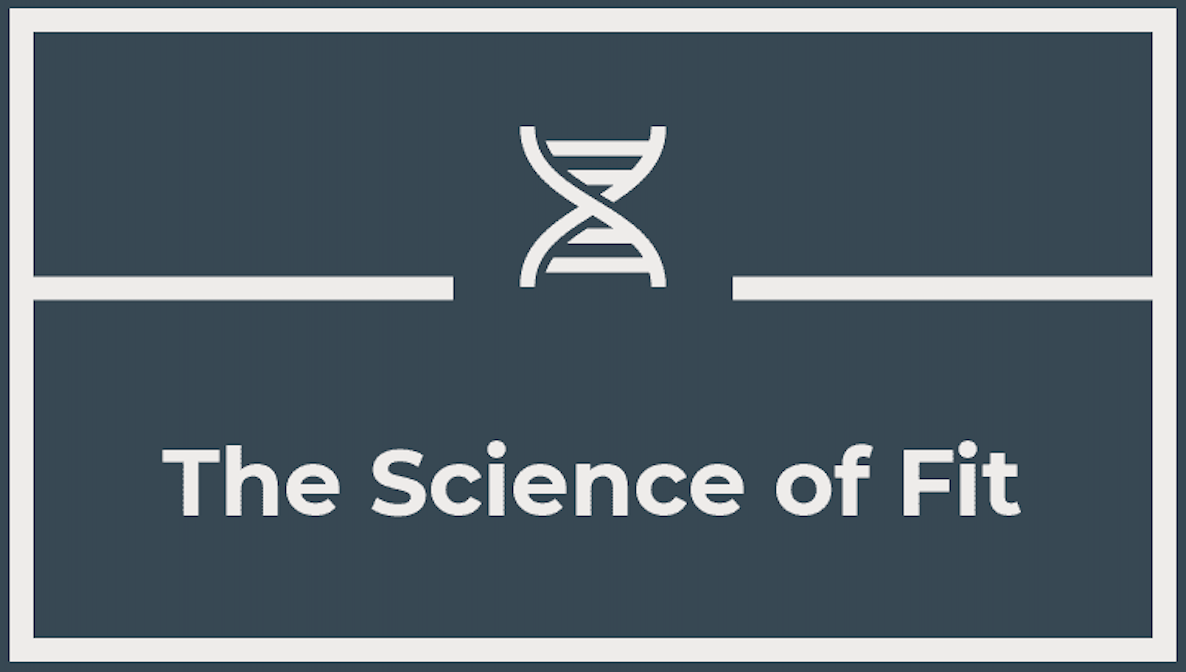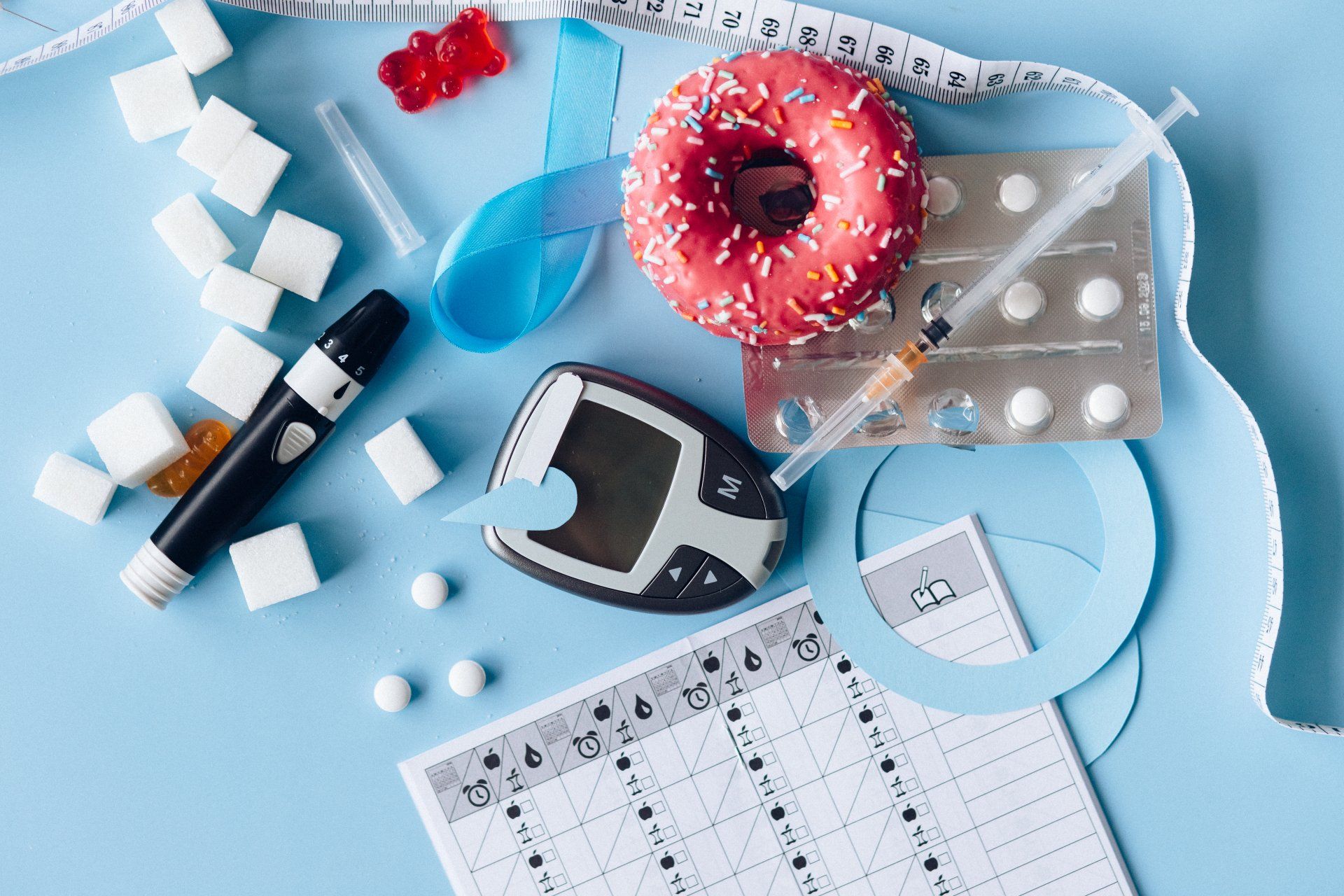Cooking on High Heat
Beyond Flavor: the Chemistry of Cooking Food at High Heat

The act of cooking is as old as human civilization itself, and over time, various cooking techniques have emerged. Cooking food at high temperatures, a practice common in many cultures, has been studied extensively. This article aims to provide a comprehensive scientific analysis of the effects of cooking food at high heat, exploring changes in the chemical composition, nutritional value, and potential health implications. High-heat cooking methods, such as grilling, roasting, and frying, can induce complex chemical reactions that transform raw ingredients into flavorful and palatable dishes, but they may also introduce potential health concerns.
Introduction:
Cooking food at high heat is a ubiquitous practice that plays a crucial role in making food more palatable, digestible, and safer to consume. The application of high temperatures during cooking results in a myriad of chemical reactions that influence the sensory qualities and nutritional composition of food. While high-heat cooking can enhance flavor and kill harmful microorganisms, it may also lead to the formation of potentially harmful compounds.
Effects on Nutrient Content:
- Protein Denaturation: High-heat cooking causes the proteins in food to denature, leading to structural changes in their molecules. While denaturation can make certain proteins more digestible and improve their bioavailability, it may reduce the nutritional value of others.
- Carbohydrate Changes: High temperatures can promote the Maillard reaction, a complex chemical process that results in the browning of food and the development of new flavor compounds. However, it can also reduce the carbohydrate content in food, potentially affecting the glycemic index.
- Vitamin Loss: Cooking at high heat can cause the degradation of heat-sensitive vitamins, such as vitamin C and certain B vitamins. The extent of vitamin loss depends on the cooking method and duration.
- Mineral Retention: In contrast, cooking food at high temperatures can increase the bioavailability of certain minerals, such as calcium and magnesium, by breaking down compounds that inhibit absorption.
Formation of Potentially Harmful Compounds:
- Acrylamide: High-heat cooking, particularly frying and baking, can lead to the formation of acrylamide, a potentially harmful compound. Acrylamide is classified as a probable human carcinogen and is formed when certain amino acids and reducing sugars react at high temperatures.
- Polycyclic Aromatic Hydrocarbons (PAHs): Grilling and barbecuing meat at high temperatures can result in the formation of PAHs. Some PAHs have been associated with an increased risk of cancer.
- Heterocyclic Amines (HCAs): Cooking meat, especially on open flames or high-heat surfaces, can produce HCAs. These compounds have also been linked to cancer risk.
Health Implications:
While some compounds formed during high-heat cooking have been associated with health concerns, it's essential to recognize that the risks are generally associated with excessive consumption of well-cooked or charred foods. Additionally, a diet rich in fruits, vegetables, and other antioxidant-rich foods can help mitigate potential risks associated with high-heat cooking.
Conclusion:
The impact of cooking food at high heat is a complex interplay of chemical reactions that affect the sensory qualities, nutritional value, and potential health implications of the final dishes. High-heat cooking can enhance flavor, improve digestibility, and kill harmful microorganisms. However, it can also lead to the formation of potentially harmful compounds, such as acrylamide, PAHs, and HCAs. A balanced diet and mindful cooking practices can help individuals enjoy the benefits of high-heat cooking while minimizing potential risks.
Scientific research in this area continues to evolve, and ongoing studies are essential to better understand the specific effects of high-heat cooking on different foods and their overall impact on human health.










